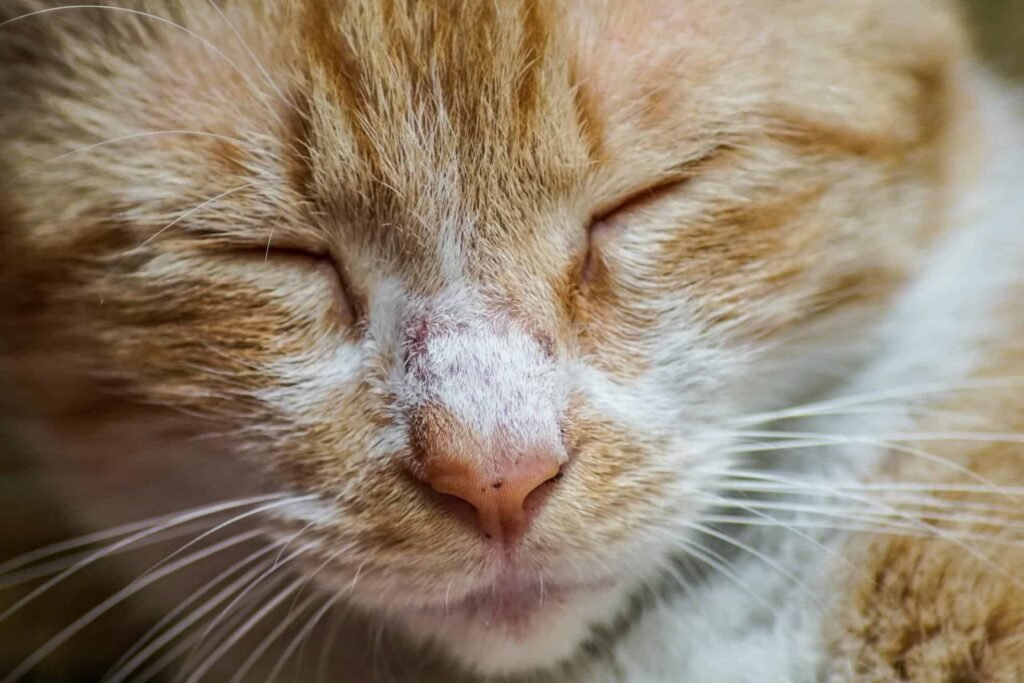
Upper respiratory infection in cats (URI in cat) is one of the most common health challenges seen in both shelter and rescue environments. While prevention is always better than cure, understanding how to manage and treat URI in cats can make a huge difference in their recovery and overall well-being.
In this article, we’ll explore effective ways to care for cats with upper respiratory infection, from stress management and parasite control to hydration, nutrition, and appropriate medication.
Why Prevention Matters
Preventing upper respiratory infection in cats is far easier than treating it. Shelters and rescues often face outbreaks due to overcrowding, poor ventilation, and lack of sanitation. Key prevention measures include:
Vaccination protocols
Good hygiene and sanitation practices
Avoiding overcrowding conditions
These steps significantly reduce the risk of URI in cat populations.
Recognizing Symptoms of URI in Cats
The first signs of upper respiratory infection in cats often include:
Sneezing
Watery or squinty eyes
Clear or thick nasal discharge
Reduced appetite due to congestion
In most cases, these symptoms are caused by viral infections such as feline herpesvirus or calicivirus.
Stress Reduction: The Most Important Factor
Stress plays a major role in the development and severity of URI in cats. Cats entering shelters often face stressful conditions—small cages, loud noises, and unfamiliar environments. Stress can trigger latent herpesvirus infections, leading to upper respiratory disease.
Reducing stress through a calm environment, enrichment, and gentle handling is crucial in both prevention and treatment.
Parasite Control and Nutrition
A cat’s immune system relies on proper nutrition and parasite control. Intestinal parasites steal essential nutrients, making cats more vulnerable to infection. Routine deworming ensures cats get the vitamins and minerals they need to fight off URI effectively.
Hydration and Appetite Support
Cats with URI in cat often lose their appetite due to nasal congestion. Ensuring proper hydration is key:
Provide clean, fresh water at all times
Offer wet food to increase fluid intake
Choose strongly scented foods like tuna or salmon to stimulate appetite
These steps not only support hydration but also improve recovery time.
When Are Antibiotics Necessary?
Since most cases of upper respiratory infection in cats are viral, antibiotics are usually not the first line of treatment. However, antibiotics like doxycycline may be needed if:
The cat has thick, yellow, or green nasal discharge
Secondary bacterial infections are suspected
Unnecessary use of antibiotics should be avoided, as they are ineffective against viral infections.
Key Takeaways
Stress reduction is the single most important factor in managing URI in cats.
Hydration, nutrition, and parasite control support the immune system.
Antibiotics should only be used when bacterial infections are suspected.
With proper care and management, cats can recover faster and avoid severe complications.
Conclusion
Upper respiratory infection in cats can be stressful for both the cat and the caregiver, but with the right approach—focusing on prevention, stress reduction, hydration, and appropriate medical care—cats can recover and live healthier lives.
For more detailed veterinary guidance, you can refer to the Cornell Feline Health Center which provides expert resources on cat health.